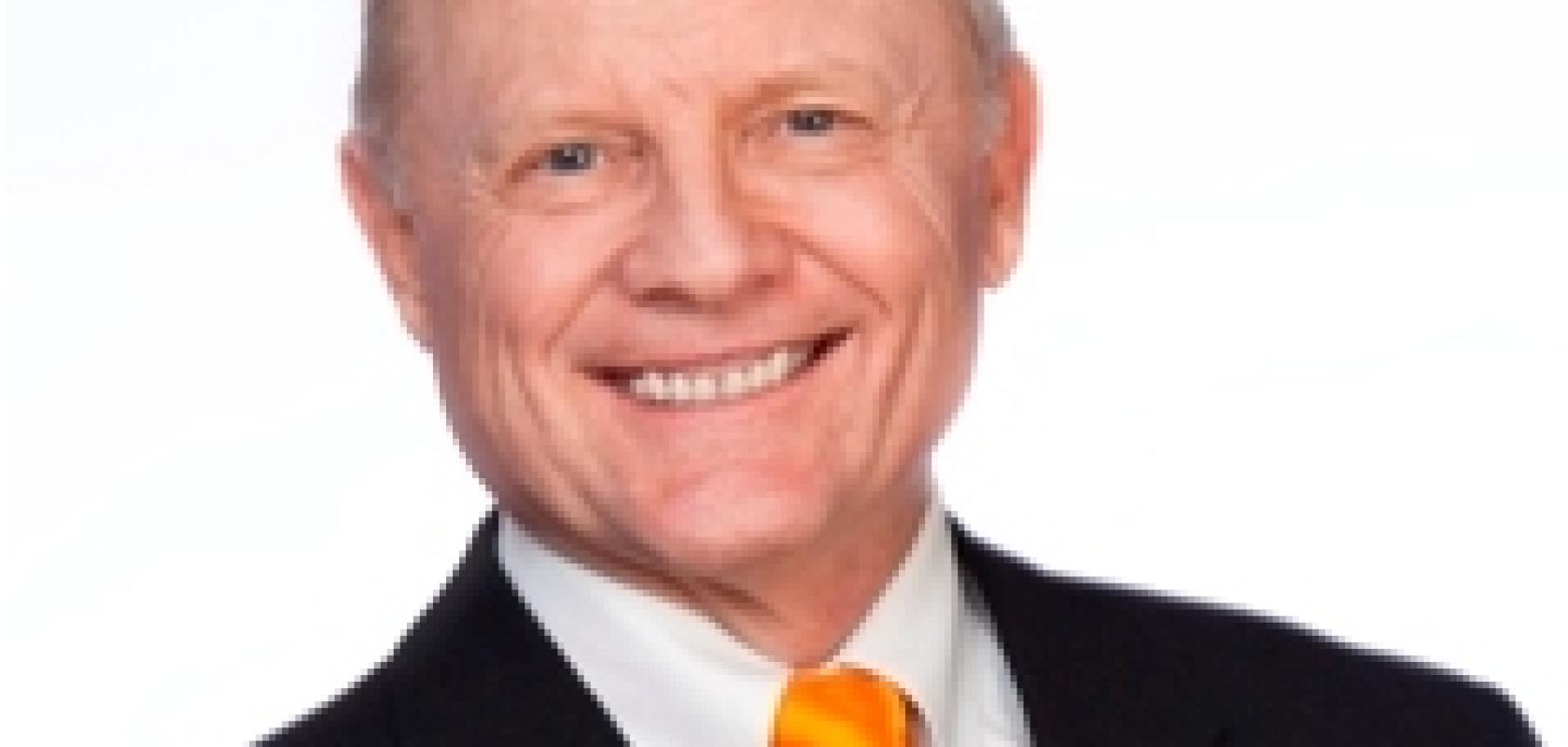How did you come to be part of the machine vision industry?
I was the CEO of a public technology-oriented company in the Minneapolis MN area. The Minneapolis community is relatively small, and a number of years ago I was asked by a common board member of both companies to join the PPT Vision Board of Directors. I accepted and served on the Board for a number of years. In late 2008, I was named CEO. The timing of my appointment was not good because of the worldwide recession, but I am happy to be here to talk about it.
How do you convince customers to buy machine vision?
In today’s world, our target customers must improve their productivity and quality to survive and prosper. Our job is to convince them that PPT provides a robust solution that is cost effective to implement and that we have the superior capability to implement that solution better and faster than any of our competitors. We are unique in four distinct ways: vision programming software that is flexible, powerful and common for all products; control panel software that is secure, field-configurable and common for all products; personalised, technically superior and committed support, and; expandable hardware platforms. And, we provide a 100 per cent money-back guarantee for all our certified vision solutions.
What role does Europe have in the development of machine vision?
Europe is a large market for us and, in many ways, it is the most sophisticated in terms of their needs. Over the past few years, PPT has conducted approximately 25 per cent of its business in greater Europe. Today, we see big potential to expand, especially in Eastern Europe, as they become a larger manufacturing force.
Since becoming a Datalogic company in December of 2011, we believe that our new organisation will further strengthen our presence in Europe. We are excited about the prospects of a growing network of PPT machine vision integrators that support our machine vision installations throughout Europe.
What do you see as the major growth sectors?
We concentrate on providing machine vision solutions to manufacturing companies. Geographically speaking, Asia – specifically China – presents a major growth area for PPT Vision. We are optimistic about the resurgence of manufacturing in North America, where we continue to expand in embedded vision systems. We see growth opportunities in vertical markets like food and beverage and pharma with their emerging track-and-trace requirements. In large manufacturing operations, such as automotive, we are developing tailored solutions that integrate PPT’s Impact software with the user’s hardware platform and various operating systems. We also view vision-guided robotics as a promising opportunity for PPT Vision, as well as gauging, defect detection, and packaging. And, there are exciting new advances in IR, UV and 3D, to name a few.
What do you see as the most important technological challenges facing the industry?
There is a revolution in information technology that has been picking up speed. Those companies that prosper will be the ones that leverage today’s technology and are nimble enough to move on at the right time. Leveraging that technology in a cost-effective way that gives our customer the optimum solution at the lowest total cost is more important than ever.
What do you see as the most significant commercial change in the industry during the years ahead?
Today, the industry is very fragmented. From my perspective, there is one big player and everyone else. While I realise that this is probably an American perspective, nevertheless, I expect that a major consolidation will occur. Companies that are the biggest users of machine vision need to have global suppliers. That is another reason why consolidation will occur. I also expect an acceleration of growth in our industry as solutions become less expensive and easier to implement.


